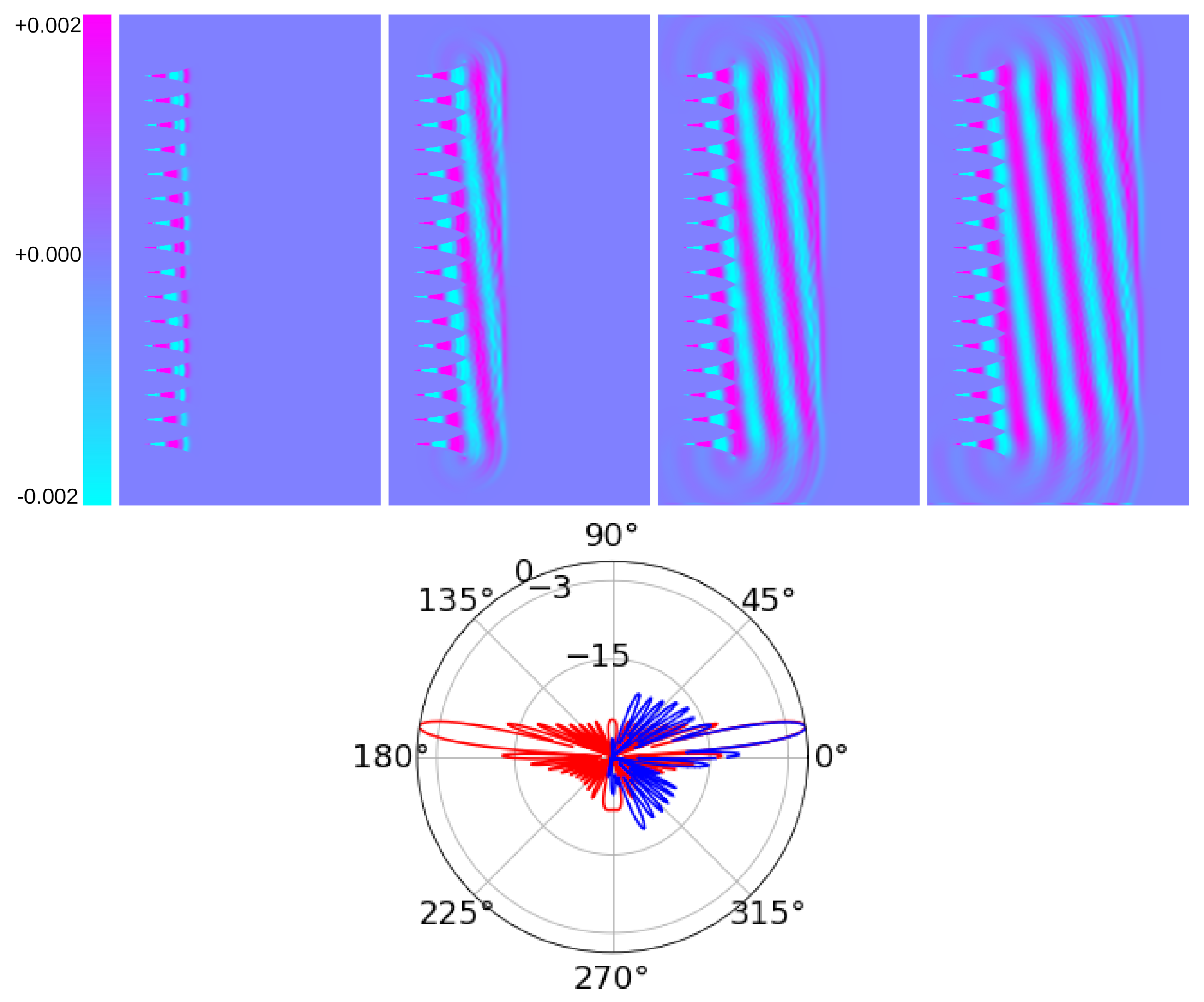

Firstly, they enable the integration of Meep with existing Python open source libraries for.
Meep fdtd tutorial simulator#
He obtained a master's degree from MIT in Computation for Design and Optimization in 2008 and a bachelors degree, with honors, in Engineering Science from the University of Toronto in 2004. 190 34 7MB Read more Python 3D FDTD Simulator If not given.
Meep fdtd tutorial install#
I have downloaded a Meep 1.4.1 (fdtd solution) latest version and I want to install it, to use with Anaconda in Pycharm. Meep supports a wide range of electromagnetic design and modeling.
Meep fdtd tutorial software#
python pycharm anaconda meep I use Pycharm with Anaconda as interpreter. Interactive, hands-on sessions will introduce participants to setting up and launching electromagnetic simulations using the state-of-the-art finite-difference time-domain (FDTD) software package Meep, originally developed at MIT.

This tutorial demonstrates Meeps ability to compute classical forces. Joannopoulos in Physics on computational research into nanophotonics. Install meep (FDTD package) to use in pycharm. MEEP FDTD is an amazing open source software to simulate electromagnetic systems. Johnson in Applied Mathematics and John D. It can compute the propagation of an electromagnetic wave through very complicated structures, using realistic material models (including dispersion, conductivity, anisotropy or nonlinearities), distributed computing and combination of time-domain and. Oskooi graduated with a doctorate from the Massachusetts Institute of Technology (MIT) in 2010 where he worked with the groups of Professor Steven G. MEEP is an open-source implementation of the finite-difference time-domain (FDTD) algorithm. Forrest's Optoelectronic Components and Materials group here at UM earlier this year, he was a JSPS postdoctoral researcher in the Department of Electronic Science and Engineering at Kyoto University in Japan where he investigated enhanced light-trapping designs in nanostructured silicon thin films. Ardavan Oskooi is currently a research fellow in the Department of Electrical Engineering and Computer Science at the University of Michigan. Familiarity with the MEEP interface and some knowledge of the Scheme programming language are recommended but not required.ĭr. Several examples demonstrating some of the advanced capabilities of the software relevant to current research in nanophotonic, plasmonic and photovoltaic devices will be discussed via a two-hour hands-on tutorial with the code. Since its initial public release in 2006, MEEP has become a popular tool in the photonics community given its extensive feature set and ability to support large-scale, parallelized computations. This workshop for researchers in the photonics and optics community will explore the various capabilities and inner workings of the open-source finite-difference time-domain (FDTD) software package for electromagnetism developed at MIT known as MEEP.


 0 kommentar(er)
0 kommentar(er)
